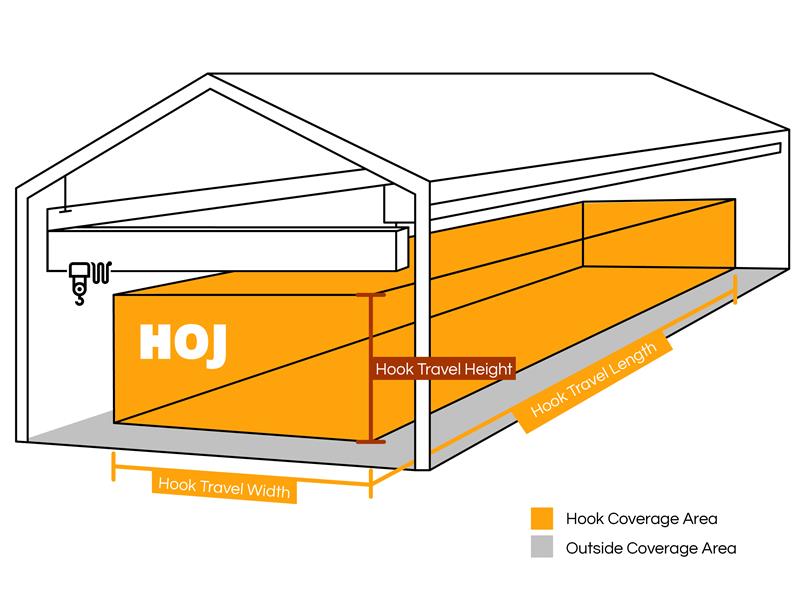Your Cart is Empty

Conveyors and Automation Systems

Conveyor & Automation Systems
Although carts provide great flexibility and speed to inventory management, there is also great value to conveyors and automated systems when implemented in the right way.
This is another reason why consulting with warehouse engineers can be helpful in making these decisions. The many types of conveyor systems (belt conveyors, gravity conveyors, live roller conveyors, portable conveyors, and more) move SKUs to packing areas without human intervention.
Since conveyor systems can run all day, it’s very important to get a reliable system. Quarterly, or even monthly, inspections and maintenance are vital for conveyor systems.

Case Study: Backcountry.com
Backcountry.com, one of the largest online specialty retailers of outdoor recreational goods, traditionally fulfilled their orders through Excel spreadsheets.
Before the company opened up a distribution center in Salt Lake City, Jeff Carter, Senior Vice President of Global Fulfillment, was tasked with building an open-source warehouse management system (WMS) that would communicate with a fully integrated conveyor system.
It was the first major step towards the modern distribution system currently used by the company.
Carter said: “Around the time we started building the WMS, we began on the racking and conveyor system to make sure the two were compatible and complementary. That’s a critical piece that a lot of companies miss. If the WMS is not compatible with the material handling system, it can create flow issues, especially on large volume days during peak season.”
To address the large amounts of orders going through the system, corrective conveyor and storage automation actions were taken. Instead of making an order go through every zone in the warehouse, it could be automatically taken out of the system and routed to packing.
An original racking and flow system was proposed by an engineering team using vertical lifts instead of diverts; this automated process ensured the routing was from pick to pick, rather than picking and passing through zones.
Totes go from each pick, to the next pick, to the next, using a “three-dimensional” process. An order is started in the pick module, and when everything in that order has been picked in a zone, it’s taken out of the system and sent to the packing station.
The facility went live without any congestion. Multiple item orders were easier and faster to process because of the three-dimensional direct-to-zone pick design. Overall, orders were being processed and completed 20 percent faster!
The new facility also became 20 percent more efficient on a cost-per-order basis.
Do I Need a Conveyor System?

The products and the packaging your business is processing determine if there’s a need for a conveyor system. Typically, the best use of a conveyor system is picking and shipping homogeneous products. To truly determine if a conveyor system is a good fit for your business, logistical studies with warehouse engineers are suggested.
Here are some signs that you may need a conveyor system:
- You have picking and/or packing areas that are congested
- You’re struggling to fulfill and ship orders quickly
- You need to efficiently ship to different carriers
- You’re looking to reduce per-unit costs
- You’re simply running out of space
Storage Automation
An automated storage and retrieval system uses automation to store and retrieve products from defined storage locations. Consider using storage automation when:
- A high volume of products are moved in and out of storage.
- Space constraints require a high-storage density.
- Fragile or hazardous items need to be moved with less worker involvement.
Storage automation can create substantial efficiency savings in handling, storing, and retrieving inventory.
Speciality computer-controlled automated storage and retrieval systems are available for the manufacturing, assembly, distribution, and retailing industries.
The wide range of storage automation products has helped many industries, such as aerospace, automotive, distribution, electronics, retail, manufacturing, e-commerce, government, healthcare management, metal working, and tooling, just to name a few.
These systems can be expensive, but the ROI can be very favorable under the right conditions.
Automated and conveyor systems can be a great benefit and optimize efficiency in your inventory management, but only in the right environments. If you are considering these solutions in your warehouse, be sure to talk to an experienced warehouse engineer.
A logistical study of your operation is the best way to determine if it’s the right fit for your business.








